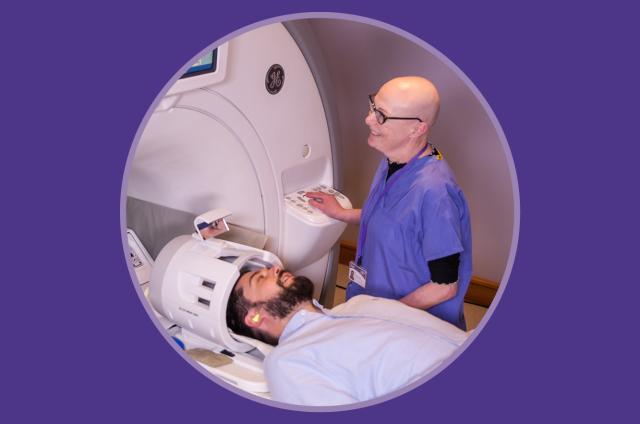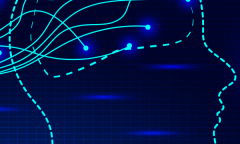An MRI scan looks at the structure of the brain and may help to find the cause of your epilepsy. During the scan, detailed pictures are produced using strong magnetic fields. Because of the magnetic fields, metal objects in or near the machine can affect, or be affected by, the machine.
Before having an MRI scan you will need to remove any metal objects such as jewellery, hearing aids, coins or keys. If you have a heart pacemaker or any surgical implant that contains metal you may not be able to have an MRI scan.
The scanner makes a loud knocking noise, so before it starts you will be given earplugs to wear. You will also be given a buzzer to hold so you can let the radiographer know if you are uncomfortable or feeling unwell during the scan.
The radiographer is usually on the other side of a window in another room during the scan. There is an intercom so you can talk to them and a mirror so you can see them. You may be able to have someone in the room with you during the scan.
Having an MRI scan to help diagnose epilepsy usually takes about 30 minutes. During the scan you will lie on a platform which slides into the scanner (a bit like going into a tunnel).
It is important to lie still during the scan so that the machine can take clear pictures of your brain. An MRI scan is usually a series of short scans with breaks in between, rather than one long scan. Between each scan the radiographer might use the intercom to check that you are ok.
Epilepsy Society is grateful to Dr F J Rugg-Gunn, Consultant Neurologist & Honorary Associate Professor, Clinical Lead, Chalfont Centre for Epilepsy, who reviewed this information.
Information updated: February 2024
EEG (Electroencephalogram)
An Electroencephalogram (EEG) records the electrical activity of the brain by picking up the electrical signals from the brain cells. These signals are picked up by electrodes attached to the head and are recorded on paper or on a computer. The recording shows how the brain is working.
How epilepsy is diagnosed
Diagnosing epilepsy is not simple. Doctors gather lots of different information to assess the causes of seizures. If you have had two or more seizures that started in the brain you may be diagnosed with epilepsy.
Tests for epilepsy
Blood tests, an Electroencephalogram (EEG) and scans are used to gather information for a diagnosis. Tests on their own cannot confirm or rule out epilepsy.
Want to know more?
For a printed copy contact our Helpline




